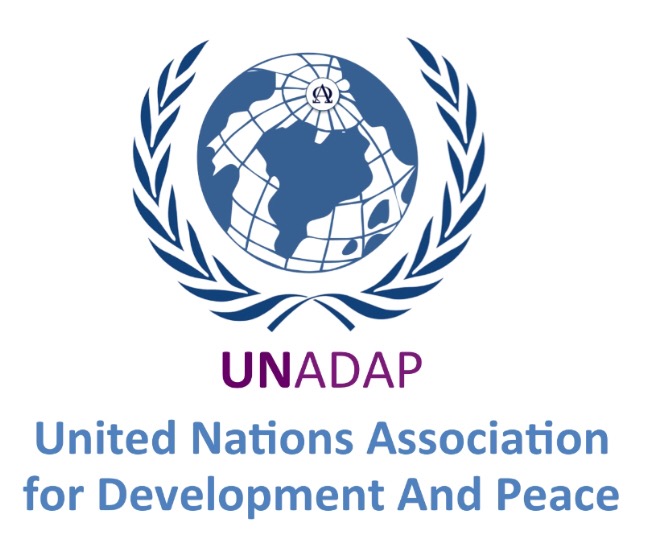DIAMONDS OF THE ANDES | Conserving Genetic Resources of Suri alpaca in Peru
- UNADAP | United Nations
- Dec 1, 2022
- 4 min read
Indigenous people in a remote mountain town in the Andes in Peru are being helped to boost their incomes by preserving a valuable but threatened breed of alpaca.

At more than 4,000 metres above sea level, Nuñoa is a remote town surrounded by mountaintops and treeless, dry Puna, an Andean steppe ecosystem.
Due to poor soils, short growing seasons, and limited rainfall, most varieties of crops are impossible to grow at this altitude, and therefore locals primarily keep livestock.
As a result, Nuñoa is known as the world capital of the Suri alpaca, a rare breed of alpaca, known for its very soft and expensive fibre.
Driving into the quiet district centre, home to most of its 10,000 inhabitants and situated five hours drive from the nearest urban centre of Puno, there are large alpaca statues lining the road and crowning the arches that welcome you to town.
These depict the Suri breed, an unusual variety with a long coat of silky dreadlocks that hang to the ground around its fine, slightly fragile frame. Nuñoa prides itself as the home of the Suri and the animal has become a symbol of the town, in part due to the efforts of a unique project supported by the GEF Small Grants Programme (SGP) and implemented by UNDP.

Bio-Craftsmanship
An emigrated Nuñoan who had retained his flock of alpaca in the highlands was becoming increasingly worried that a preference for more robustly textured Huacaya alpaca fibre, with a predominance of white alpaca over the 24 other possible colours, was leading to the deterioration of genetic diversity and threatening the Suri alpaca to extinction. Working with a community organisation of alpaca herders, Asociación de Criadores de Camélidos Andinos ‘Illa’ (ACRICAN ILLA) he secured a grant from SGP Peru with the aim of improving and expanding the existing stock of Suri alpaca in the region.
Because the production of natural alpaca fibres does not use chemical inputs, and the refined, value-added products are handmade, a salutary by-product of the project is more sustainable management of water, soil, and pastures that enables sustainable lifestyles and improved livelihoods of the Nuñoan community.
From their small-scale origins, Nuñoa alpaqueras are endeavouring to organise themselves in co-operatives to standardise production of their biodiversity friendly handicraft, resulting in threads of uniform thickness and well-finished weaves.
The rural women working on these projects are improving livelihoods for the present, and a more secure future for subsequent generations.
Taking a camelid through the eye of a needle
The first phase of the project focused on the introduction of new Suri males into the area, along with efforts to improve the stock in terms of colour distinction and health. The project worked to build the capacity of the farmers to improve grassland ecosystem management, water harvesting, and cultivation of perennial forage grasses. Several alpaca herders are using and continuing to develop these techniques today, almost 15 years later.
These efforts have improved the management of water, soils, and pastures that are more resilient to a changing climate and society.
Protecting bio-cultural heritage and earning profits
With a steadily increasing impact on both natural environment and livelihoods of the Suri Paqucho over time, one major benefit of this initiative has been the recognition of the Suri breed as part of the Peruvian bio-cultural heritage.
Another great achievement of the project is that the price of coloured Suri fibre has risen to surpass that of white Huacaya fibre, raising the value of Suri alpaca throughout the district.
For artisans and herders, their main issue now is keeping up with the increased demand resulting from higher prices for their Suri fibre. Given the extremely low stocks of Suri, when the project first started in 2001, both breed improvement and flock increase was slow. For an animal that reproduces slowly at the best of times, an average of 0.6 cria (alpaca calves) are born per female per year in Nuñoa, and recent years’ extreme weather has compounded these difficulties.
The successful reproduction of distinct colours and breeds demands a large number of separate enclosures - each colour and breed must have its own – which, given the number of possible colours, was a serious challenge for many farmers.
Despite these challenges, the herders and artisans of Nuñoa are coming up with innovative solutions. They were motivated by the idea of acting as protectors of their national bio-cultural heritage and by the potential of tapping into what they described as a growing market for natural, undyed and handmade products. For the women of Suri Paqocha, the project not only improved their livelihoods and skills, but also increased their autonomy and empowered them as individuals. As such, even the power balance in their familiar relationships improved.
Community members also saw the success of the alpaca business as a critical step to slowing the rapid outmigration of younger generations from their community.
Copyright, UN News, Story by Andrea Egan, Ana Maria Currea, UNDP Peru / Photos: © SGP / GEF / UNDP Peru - Enrique Castro-Mendívil






Comments